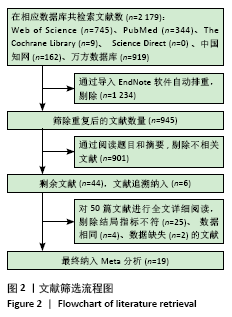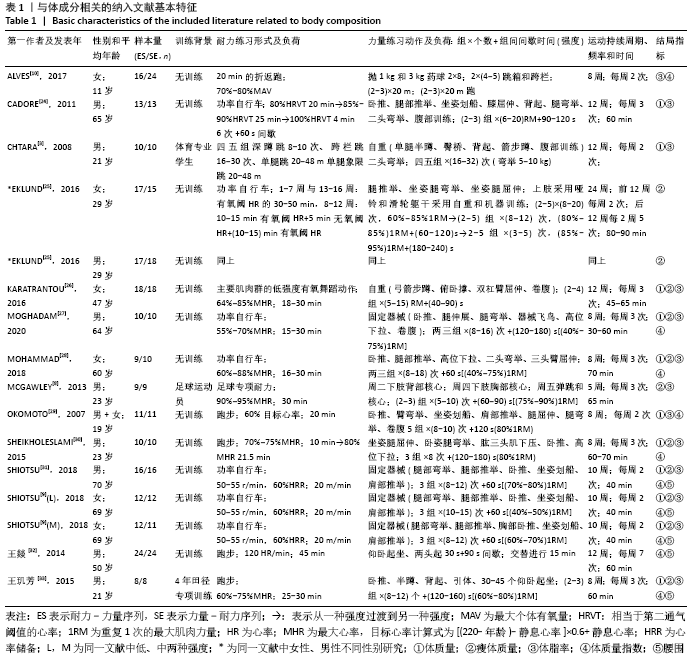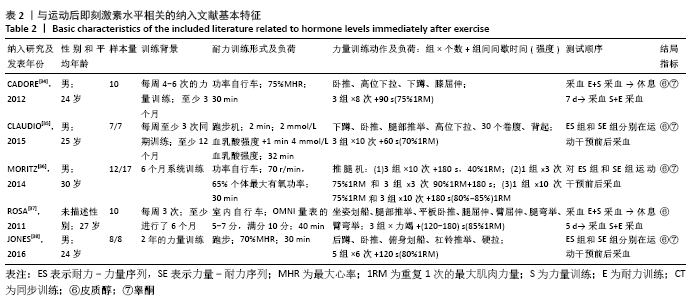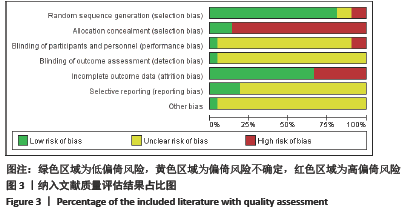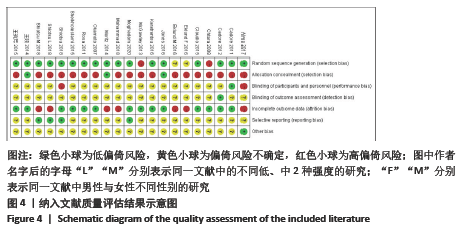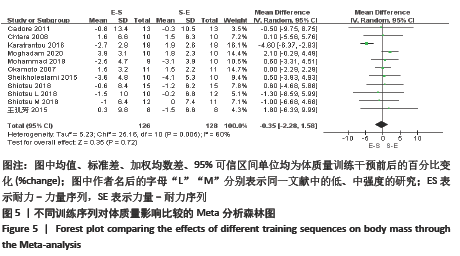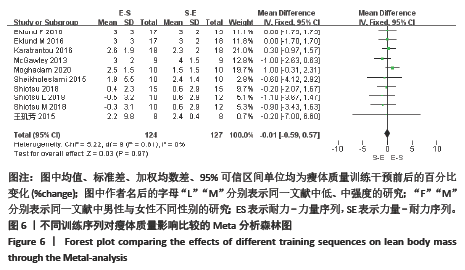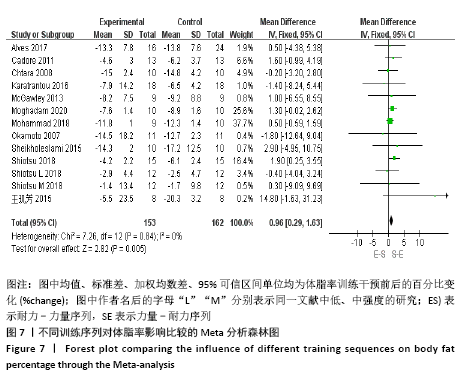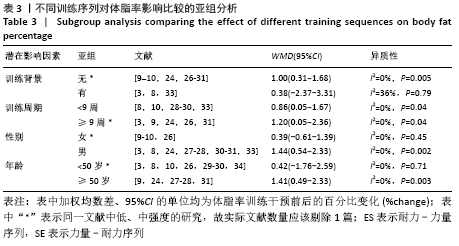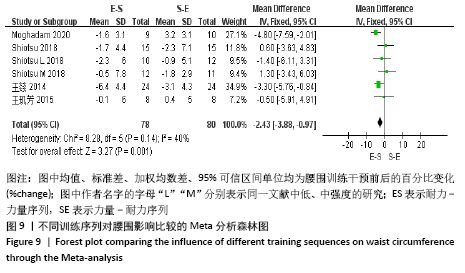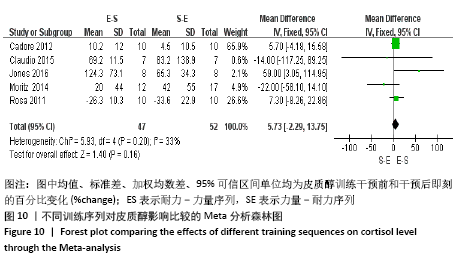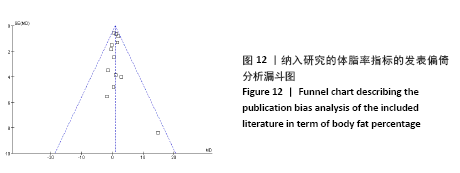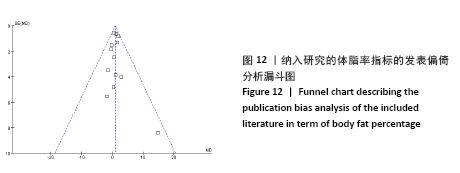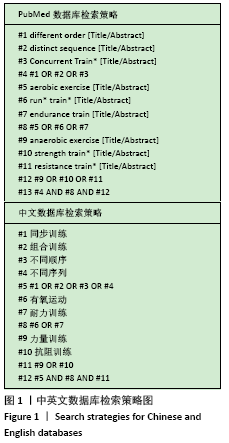[1] BALABINIS CP, PSARAKIS CH, MOUKAS M, et al. Early phase changes by concurrent endurance and strengthtraining. J Strength Cond Res. 2003;17(2):393-401.
[2] HICKSON RC. Interference of strength development by simulta-neously training for strength and endurance. Eur J Appl Physiol Occup Physiol. 1980;45(2-3):255-263.
[3] CHTARA M, CHAOUACHI A, LEVIN GT, et al. Effect of concurrent endurance and circuit resistance training sequence on muscular strength and power development. J Strength Cond Res. 2008;22(4):1037.
[4] MIKKOLA J, RUSKO H, IZQUIERDO M, et al. Neuromuscular and cardiovascular adaptations during concurrent strength and endurance training in untrained men. Intl J Sports Med. 2012;33(9):702-710.
[5] REED JP, SCHILLING BK, MURLASITS Z. Acute neuromuscular and metabolic responses to concurrent endurance and resistance exercise. J Strength Cond Res. 2013;27(3):793-801.
[6] Schumann M, Küüsmaa M, Newton RU, et al. Fitness and lean mass increases during combined training independent of loading order. Med Sci in Sports Exerc. 2014;46(9):1758-1768.
[7] Tarasi Z, Beiki Y, Hossini F, et al. The effect of the sequence of concurrent strength and endurance training on aerobic capacity, anaerobic capacity and maximum strength of male adolescents. AUS J Basic and Appli Sci. 2011;5(10):1195-1201.
[8] MCGAWLEY K, ANDERSSON PI. The order of concurrent training does not affect soccer-related performance adaptations. Int J sports Med. 2013;34(11):983-990.
[9] SHIOTSU MS, YUYA W, SHOTARO T, et al. Effect of exercise order of combined aerobic and resistance training on arterial stiffness in older men. Exp Gerontol. 2018;111:27-34.
[10] ALVES AR, MARTA CC, NEIVA HP, et al. Effects of order and sequence of resistance and endurance training on body fat in elementary school-aged girls. Biol Sport. 2017;34(4):379-384.
[11] ELIAS M. Serum cortisol, testosterone, and testosterone‐binding globulin responses to competitive fighting in human males. Aggressive Behav. 1981;7(3):215-224.
[12] GLADUE BA, BOECHLER M, MCCAUL KD. Hormonal response to competition in human males. Aggress Behav. 1989;15(6): 409-422.
[13] WANG ZM, PIERSON RN, HEYMSFIELD SB. The five-level model: a new approach to organizing body-composition research. Am J Clin Nutr. 1992;56(1):19-28.
[14] DE MUTSERT R, SUN Q, WILLETT WC, et al. Overweight in early adulthood, adult weight change, and risk of type 2 diabetes, cardiovascular diseases, and certain cancers in men: a cohort study. Am J of Epidemiol. 2014;179(11):1353-1365.
[15] NORA M, GUIMARAES M, ALMEIDA R, et al. Excess body mass index loss predicts metabolic syndrome remission after gastric bypass. Diabetol Metab Syndr. 2014;6(1):1.
[16] PHILLIPS LK, PRINS JB. The link between abdominal obesity and the metabolic syndrome. Curr Hypertens Rep. 2008;10(2): 156-164.
[17] HASLAM DW, JAMES WPT. Obesity. Lancet. 2005;366(9492):1197-1209.
[18] SCHULZE MB, BERGMANN MM, HEIDEMANN C, et al. Comparison of anthropoinetric characteristics in predicting the incidence of type 2 diabetes in the EPIC-potsdam study. Diabetes Care. 2006; 29(8):1921-1923.
[19] URHAUSEN A, GABRIEL H, KINDERMANN W. Blood hormones as markers of training stress and overtraining. Sports Med. 1995; 20(4):251-276.
[20] EDDENS L, SOMEREN KV, HOWATSON G. The role of intra-session exercise sequence in the interference effect: a systematic review with meta-analysis. Sports Med. 2018;48(1):177-188.
[21] CADORE E, LHULLIER F, Brentano M, et al. Correlations between serum and salivary hormonal concentrations in response to resistance exercise. J Sports Sci. 2008; 26(10):1067-1072.
[22] KRAEMER WJ, PATTON JF, GORDON, SE, et al. Compatibility of high-intensity strength and endurance training on hormonal and skeletal muscle adaptations. Eur J Appl Physiol. 1995;78(3):976-989.
[23] 孙元隆,阮小芬,李益萍,等.辨证论治应用芪苈强心胶囊对缺血性心力衰竭疗效影响的meta分析比较[J].中国中药杂志,2019,44(22):4975-4984.
[24] CADORE EL, IZQUIERDO M, ALBERTON CL, et al. Strength prior to endurance intra-session exercise sequence optimizes neuromuscular and cardiovascular gains in elderly men. Exp Gerontol. 2011;47(2): 164-169.
[25] EKLUND D, HÄKKINEN A, LAUKKANEN JA, et al. Fitness, body composition and blood lipids following 3 concurrent strength and endurance training modes. Appl Physiol Nutr Metab. 2016;40(5):767-774.
[26] KARATRANTOU K, GERODIMOS V, HÄKKINEN K, et al. Health-promoting effects of serial vs. integrated combined strength and aerobic training. Int J Sports Med. 2016;38(1):55-64.
[27] MOGHADAM BH, BAGHERI R, ASHTARY-LARKY D, et al. The Effects of Concurrent Training Order on Satellite Cell-Related Markers, Body Composition, Muscular and Cardiorespiratory Fitness in Older Men with Sarcopenia. J Nutr Health Aging. 2020;24(1):796-804.
[28] MOHAMMAD F, LALEH B, EBRAHIM B. Effect of sequence order of combined strength and endurance training on new adiposity indices in overweight elderly women. Isokinetics Exer Sci. 2018;26(2): 105.
[29] OKAMOTO T, MASUHARA M, IKUTA K. Combined aerobic and resistance training and vascular function: effect of aerobic exercise before and after resistance training. J Appl Physiol. 2007;103(5):1655-1661.
[30] SHEIKHOLESLAMI-VATANI D, SIAHKOUHIAN M, HAKIMI M, et al. The effect of concurrent training order on hormonal responses and body composition in obese men. Sci Sports. 2015;30(6):335-341.
[31] SHIOTSU Y, YANAGITA M. Comparisons of low-intensity versus moderate-intensity combined aerobic and resistance training on body composition, muscle strength, and functional performance in older women. Menopause. 2018;15(6):668-675.
[32] 王燚.有氧运动并腹部肌力训练条件下内容顺序对腹型肥胖患者消脂减肥的效果比较 [J].中国老年学杂志,2014,35(2): 477-478.
[33] 王玑芳. 抗阻和有氧耐力的不同混合训练对人体体成分的影响[D].北京:北京体育大学,2015.
[34] CADORE EL, IZQUIERDO M, SANTOS MGD, et al. Hormonal responses to concurrent strength and endurance training with different exercise orders. J Strength Cond Res. 2012;26(12):3281-3288.
[35] CLAUDIO R, ALVES J, FERNANDES H, et al. Order effects of combined strength and endurance training on testosterone, cortisol, growth hormone, and IGF-1 binding protein 3 in concurrently trained men. J Strength Cond Res. 2015;29(1):74-79.
[36] SCHUMANN M, WALKER S, IZQUIERDO M, et al. The order effect of combined endurance and strength loadings on force and hormone responses: effects of prolonged training. Eur J Appl Physiol. 2014;114(4):867.
[37] ROSA G, DANTAS EHM, MELLO DBD. The response of serum leptin, cortisol and zinc concentrations to concurrent training. Hormones. 2011;10(3):215.
[38] JONES TW, HOWATSON G, RUSSELL M, et al. Effects of strength and endurance exercise order on endocrine responses to concurrent training. Eur J Sport Sci. 2016; 17(3):326-334.
[39] MACNEIL LG, GLOVER E, BERGSTRA TG, et al. The order of exercise during concurrent training for rehabilitation does not alter acute genetic expression, mitochondrial enzyme activity or improvements in muscle function. PLoS One. 2014;9(10):1-10.
[40] BELL G, PETERSEN S, WESSEL J, et al. Physiological adaptations to concurrent endurance training and low velocity resistance training. Int J Sports Med. 1991; 12(4):384-390.
[41] SALE DG, JACOBS I, MACDOUGALL JD, et al. Comparison of two regimens of concurrent strength and endurance training. Med Sci Sports Exerc. 1990;22(3):348-56.
[42] LEITE N, LAZAROTTO L, CAVAZZA JF, et al. Effects of aquatic exercise and nutritional guidance on the body composition of obese children and adolescents. Rev Bras Cineantropom Desempenho Hum. 2010;12(4):232-238.
[43] KWON HR, HAN KA, KU YH, et al. The effects of resistance training on muscle and body fat mass and muscle strength in type 2 diabetic women. Korean Diabetes J. 2010;34(2):100-110.
[44] UCAN Y. Effects of different types of exercises on body composition in young men and women. Life Sci. 2013;10(3): 1799-1806.
[45] DOLEZAL BA, POTTEIGER JA. Concurrent resistance and endurance training influence on basalmetabolic rate in nondieting individuals. J Appl Physiol. 1998;85(2):695-700.
[46] COPELAND JL, CONSITT LA, TREMBLAY MS. Hormonal responses to endurance and resistance exercise in females aged 19-69 years. J Gerontol. 2002;57(4):B158-B165.
[47] TREMBLAY MS. Effect of training status and exercise mode on endogenous steroid hormones in men. J Appl Physiol. 2004;96(2):531-539.
[48] KRAEMER WJ, RATAMESS NA. Hormonal responses and adaptation to resistance exercise and training. Sports Med. 2005; 35(4):339-361.
[49] 李江源,陈名道.睾酮治疗防止非肥胖老年男子内脏脂肪蓄积和骨骼肌丢失[J].中华内分泌代谢杂志,2008,24(1): 113-114.
[50] HOLLAND A, MALEAH R, MICHAEL D, et al. Testosterone inhibits expression of lipogenic genes in visceral fat by an estrogen-dependent mechanism. J Appl Physiol. 2016;121(3):792-805.
[51] FYFE JJ, BISHOP DJ, STEPTO NK. Interference between concurrent resistance and endurance exercise: molecular bases andthe role of individual training variables. Sports Med. 2014;44(6):743-762. |

